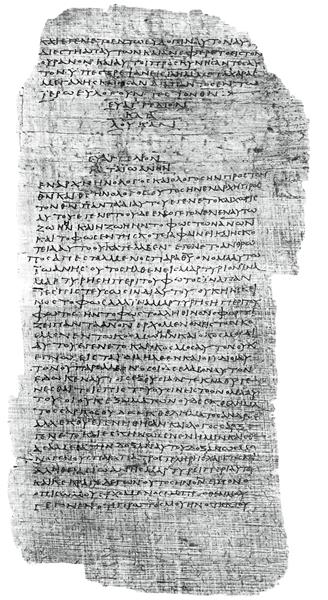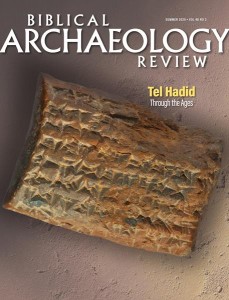Getting the Dates Right
Sidebar to: How Old Are the Oldest Christian Manuscripts?

What difference does it make if a New Testament manuscript is dated to the late second century or to the early fourth century? Sometimes it’s a big deal.
The Greek text of the New Testament that is the foundation for our modern translations isn’t based on just one manuscript. It’s what we call an eclectic text, a reconstruction that draws on readings from many different ancient manuscripts. But the eclectic Greek text does rely heavily on one particular manuscript, the fourth-century Codex Vaticanus.
In the middle of the 20th century, most New Testament textual critics believed that the text of the New Testament preserved in the Codex Vaticanus was the result of an editorial revision that took place in the fourth century. Then in 1961, a papyrus codex containing the Gospels of Luke and John in Greek (P.Bodmer XIV–XV or P75 to specialists) was published. It is often called the most important New Testament papyrus so far discovered because it was dated, on the basis of its handwriting, to about A.D. 175–225, and its text agrees very closely with that of Codex Vaticanus.
P.Bodmer XIV–XV was thought to provide evidence that the text of Vaticanus was produced as early as the second century and was carefully transmitted, which overturned the mid-20th-century consensus. But all of this rests on the date of P.Bodmer XIV–XV. And while palaeography does allow for a date in the third or even the later second century, circumstantial evidence points in a different direction.
Already a library member? Log in here.
Institution user? Log in with your IP address.

